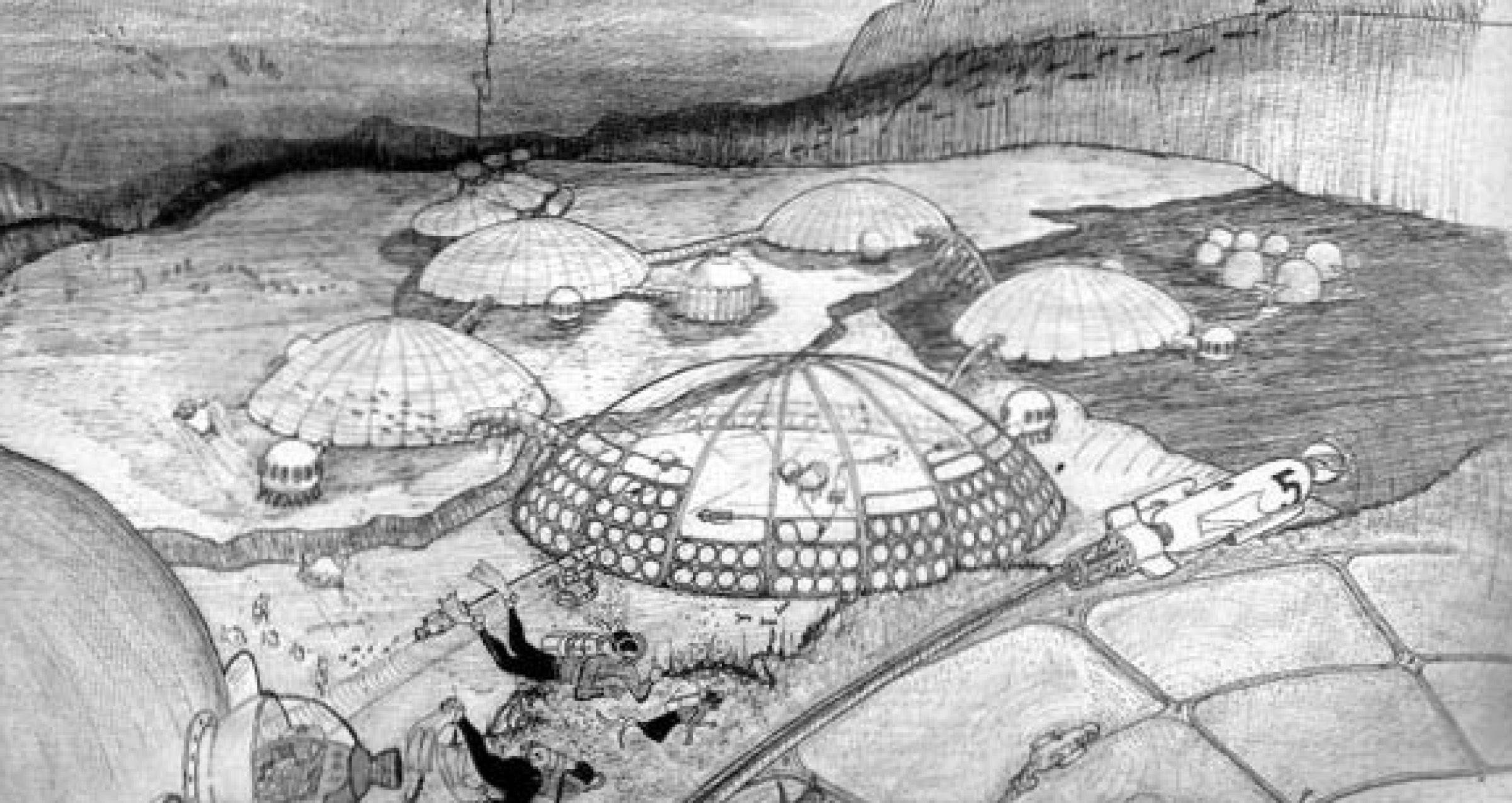Cybertecture
In the article Toward Cybertecture, Wolf Hilbertz describes the term Cybertercture (CYBERnetics + archiTECTURE) as, "an attempt [...] to formulate a conceptual framework for an evolutionary environmental system."1 Taking influence from ideas relative to the ordering of the human nervous system, cybernetics is a value expressed by the structured manner in which a system, using control and communication, functions. According to Hilbertz, the physical components of Cybertecture consist of three subsystems:2
1: The computer which compares essentially to the brain - communicating with and controlling the sensing structure and the material distribution and reclamation subsystems. It serves as a pattern recognizing, analyzing, synthesizing, and decision making tool. It emits impulses that cause immediate or delayed physical or organizational change of the environment in accordance with criteria designed to provide optimal environmental solutions and to determine the frequency of change.
2: The material distribution and reclamation subsystem - related to the mechanisms that facilitate metabolism. It adjusts the physical environment to immediate, desired or projected needs of the user. It can transform the material into different states to make it suitable for any desired purpose.
3: The sensing structure subsystem - which compares to the body of a living organism. It provides a constant flow of information about changing internal and external conditions which is processed by the computer subsystems. Internal and external sensors are part of the structure, operating in analogy to nerve cell receptors. The sense modalities are: vision, hearing, taste, smell, sensibility for balance, warmth and cold, compression and tension, and kinesthesis, giving information of all parts of Cybertecture in space.
While Hilbertz's definition of Cybertecture was meant to be used to describe emergent, all-encompassing, evolutionary environmental systems, the majority of his applications of Cybertecture were directed toward the development of his Biorock Technology which dealt with mineral accretion processes in seawater.3
The idea of "open systems" is not new even to Hilbertz writing in 1960 (think back all the way to the Cyrstal Palace of 1851) but the idea of Cybertecture as being an architecture that is "structured and performs in a manner analogous to open living systems",4 through the three subsystems of physical components explained above, anticipates the future of architectural technology in environmental systems and building automation (also known as building management systems). Contemporary examples of this can be seen in the Centre Georges Pompidou, by Renzo Piano & Richard Rogers, where a specific interest of mechanical and structural distribution are displayed with the exoskeleton and brightly colored tubes where each color denotes a different mechanical aspect of the building. More recent examples can be seen in buildings that attempt to predict or accommodate environments and conditions specific to the preferences of the users. These systems are known to adapt and change over time to anticipate changes in such a user's preferences.
1 W. Hilbertz. "Toward Cybertecture", Progressive Architecture, May 1970.
2 Hilbertz, 98-99.
3 W.Hilbertz. "Accretion - Biorock Process." WolfHilbertz.com. Web. 29 April 2014
4 Hilbertz, 98-99.

Concept drawings of underwater cybertecture. W. Hilbertz. (1970) p.101